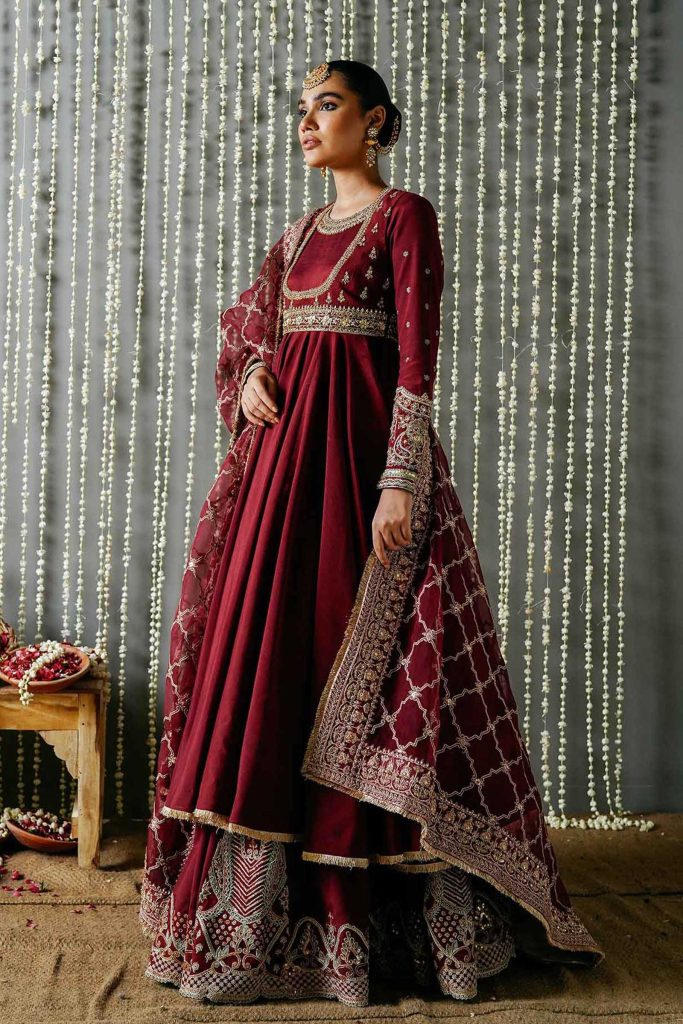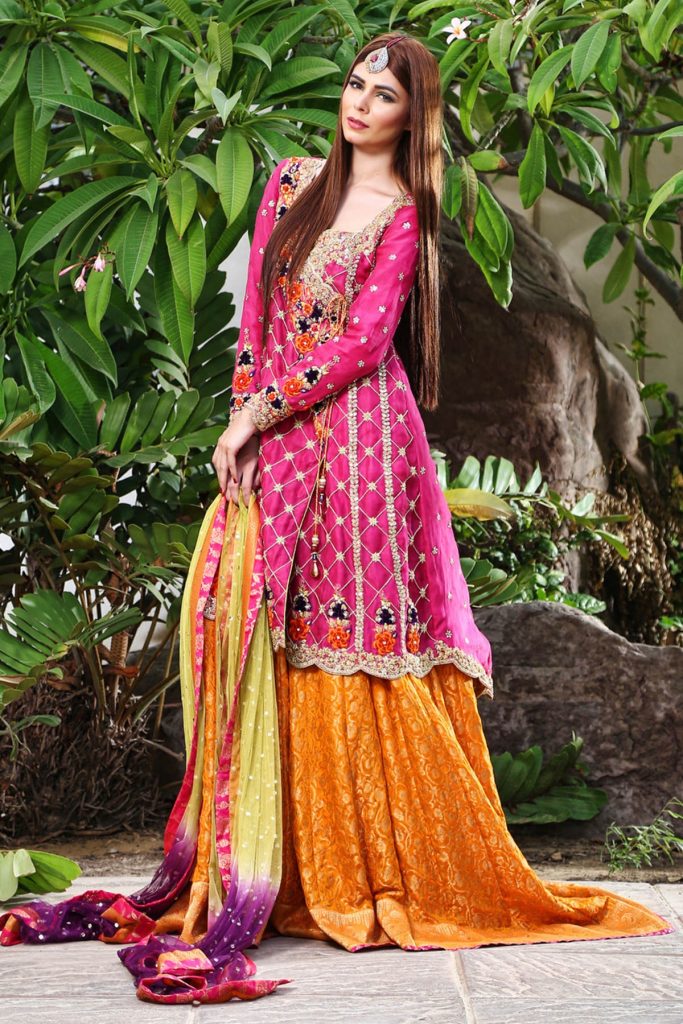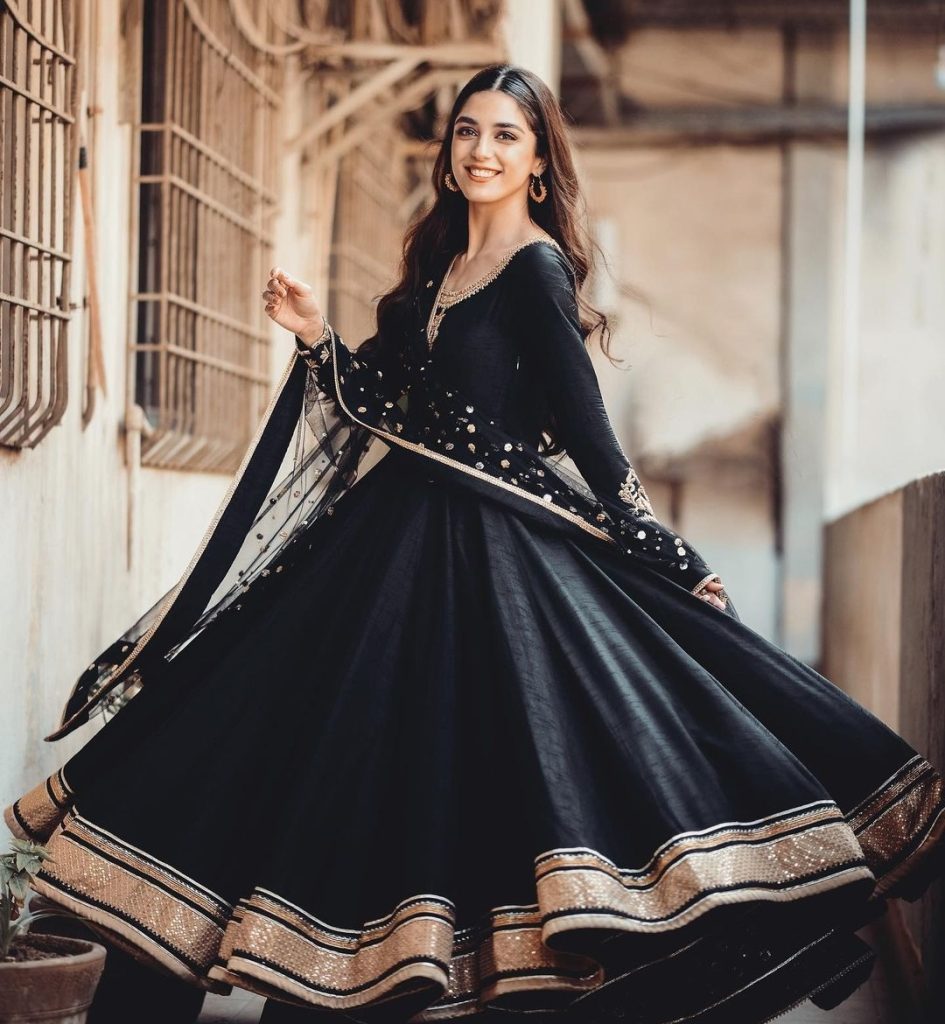
Fashion Statements That Never Go Out of Style
FASHION STATMENTS THAT NEVER GO OUT OF STYLE

BLACK COLOR :
The concept of “forever colour” has several different meanings. If you’re asking if the colour black will always exist, the simple answer is yes. Black is a colour that will always be available in the colour spectrum. When all visible light is captured and no light hits back to our eyes, we see it as an original tone.
Black has been a timeless and traditional colour in fashion that has stayed in style for decades. It frequently signifies enhancement, formality, and
tolerance. In that regard, black could be considered as a “forever colour” in the world of fashion because it has continuously stayed fashionable and can be used with a variety of clothes and situations. It frequently indicates class, level of sophistication and purity. For formal occasions or to convey a feeling of maturity and belief, many people opt to dress in black. In the dress of judges, priests, and other notable individuals, it can also represent power, dominance, and leadership.
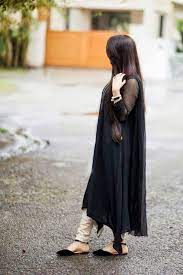
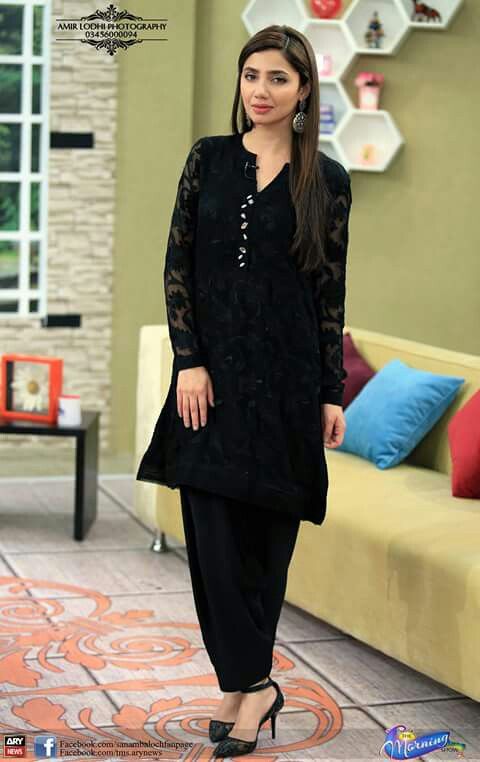
SAREE:
The saree’s fabric options and draping design changed over time. One of the most popular saree draping techniques today, the Nivi drape, first appeared during the Mughal era (16th to 19th centuries). The cloth is pleated, wrapped into the waist, and the free end is draped over the shoulder.
There are many various cultures and regions worldwide, and each one has its own unique saree style. Unique weaving methods, patterns, and motifs were developed across multiple states and communities. In South Asian nations like Bangladesh, Pakistan, and India, the saree is of great historical and social importance. Women use it for a variety of situations, such as ceremonies, celebrations, and everyday use. A saree’s drapery style might indicate social rank. In many families, sarees are prized remains that are frequently passed down through the centuries.
The saree has evolved to fit into current fashion trends while maintaining its classical roots. In order to produce individual saree designs, modern designers experiment with fabrics, shades, ornamentation, and draping methods. People from all cultures are admiring the elegance and versatility of the saree, which has also increased in recognition globally.
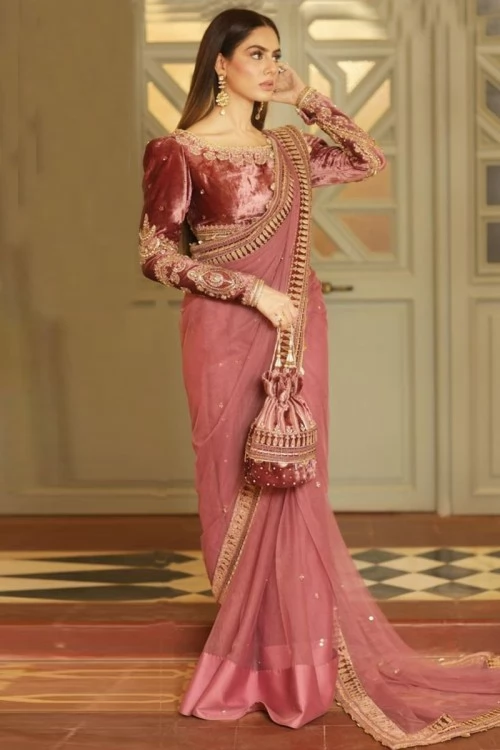

CHURIDAR TROUSERS:
The term “churidar” essentially refers to the long, fitting pants that South Asian women wear.The churidar began in Pakistan and North India, and Punjabis from Pakistan wore it most often. The only distinction between the churidar kameez and dupatta and the salwar kameez and dupatta combination is the bottom clothing, or trousers. The common salwar pants are adapted by the churidar.Silk is used to create traditional churidars. weaved into a beautiful, royal fabric.The churidar is an essential piece to have in your closet. Typically, a long kameez,kurta,anarkali frocks and a matching dupatta are paired with churidar pyjamas.Even though today, ladies of all ages use churidars as high-end fashion accessories all over worldwide. Perhaps the churidar will return and exact revenge.Now that celebrities have been seen wearing it, it is once more the talk of the town.
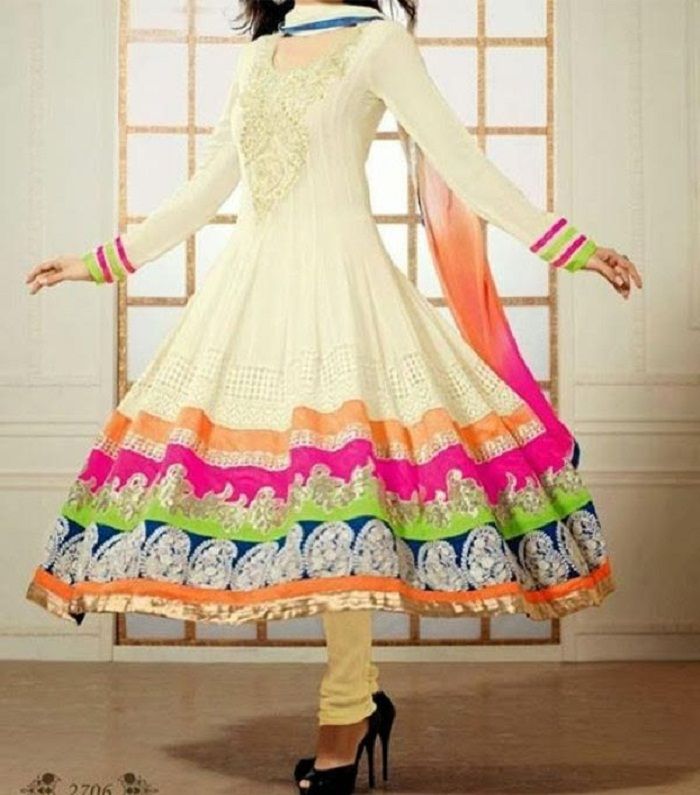
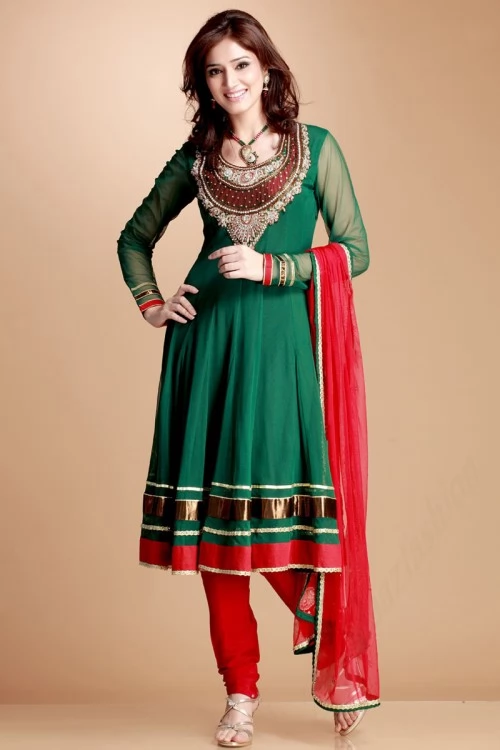
BRIGHT COLORS:
A interesting journey through various cultures and historical eras may be found in the history of bright and striking colours in clothes. Here’s a look at how bright colours have changed over time in fashion. Ancient societies such as Egypt, Greece, and Rome decorated themselves with vibrant clothing.Their attire frequently featured rich blues, strong reds, and bright yellows. Rich and striking colours were frequently connected to wealth and authority during the Middle Ages. Gold, royal blue, and other colourful hues were used.Both interior design and fashion employed strong, bright colours. Rich blues and vibrant pinks were particularly well-liked. Bright and striking colours are still being explored in modern design and clothing. There has been an ongoing investigation and rethinking of strong and eye-catching colour combinations, from the light palettes of the late 19th century to the vibrant digital colour schemes.
It’s crucial to remember that different elements, such as cultural changes, and personal tastes, impact colour trends. The definition of bold and bright can change over time but it will always be a term“FOREVER COLOR”.
